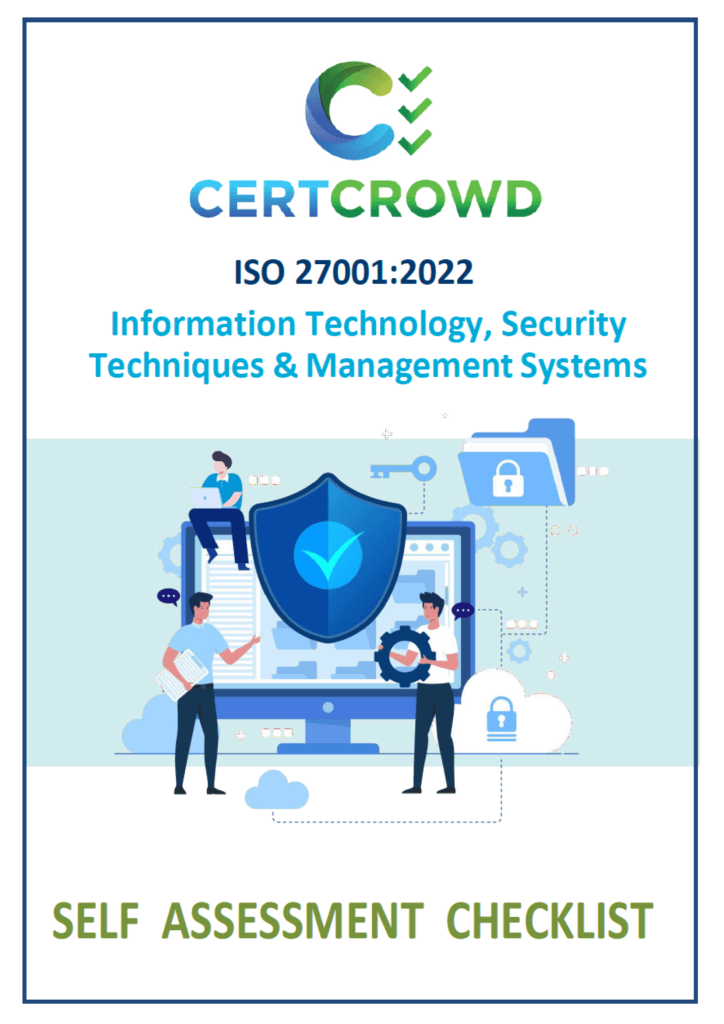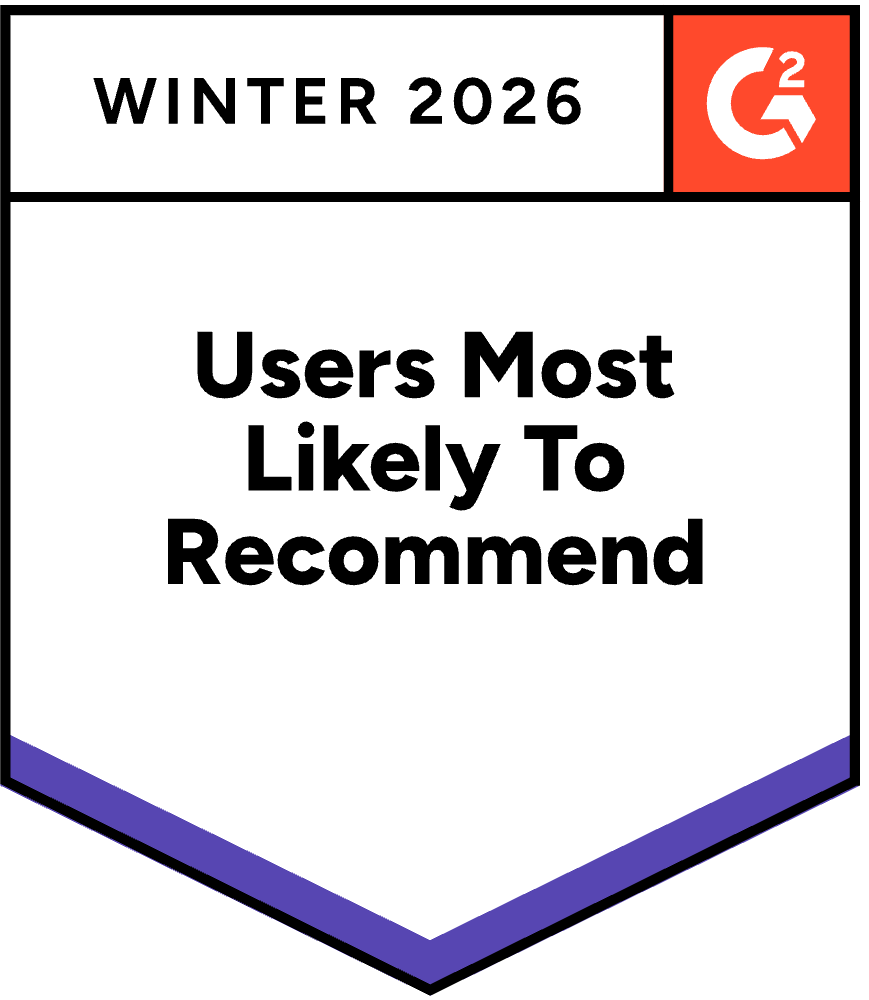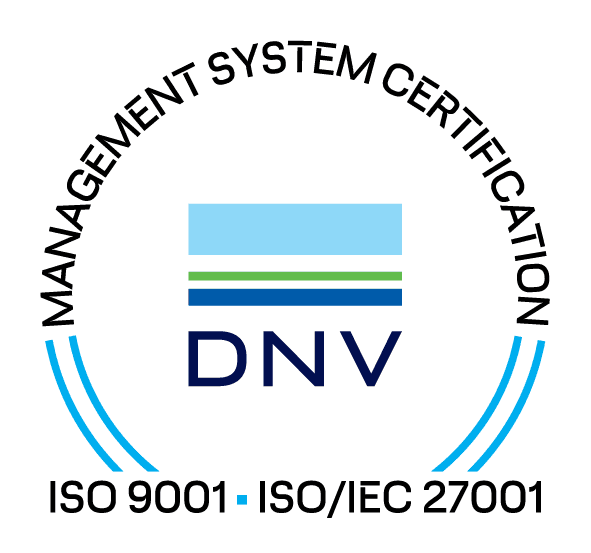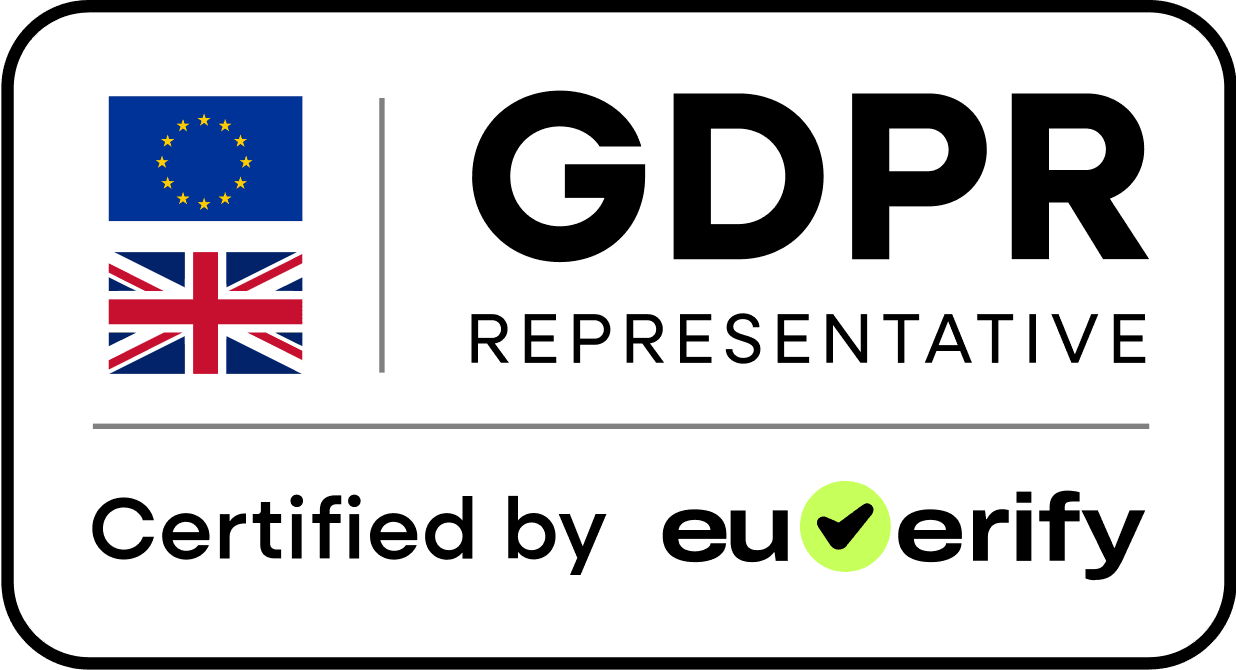ISO 27001 Annex A lists 93 information security controls that form the backbone of your ISMS. They help you manage cyber risks across people, processes, and technology. CertCrowd makes them easier to apply, track, and prove during audits.

Annex A is the reference list of security controls within ISO 27001. Each control represents a safeguard designed to reduce information security risks identified in your risk assessment.
The 2022 revision restructured the controls from 114 down to 93 and grouped them into four themes for a more modern and flexible approach.
Policies, processes, and management activities that define how security is governed.
Examples:
These controls ensure your organisation has a structured and documented approach to security management.
Focused on staff awareness, training, and responsibilities.
Examples:
They protect information by promoting responsible behaviour and clear accountability.
Protect your facilities and physical assets from unauthorised access or damage.
Examples:
These controls help prevent data breaches caused by environmental events or physical intrusion.
Cover technical measures like access management, malware protection, encryption, and logging.
Examples:
They form the core of your cyber defence and operational resilience.
Not every control will apply to your organisation. ISO 27001 requires you to:
Related Page: Check out our Blogs

In the 2022 update, each control includes attributes to help categorise and align them with modern security frameworks.
Attributes include:
These make it easier to integrate ISO 27001 with other frameworks like NIST CSF or SOC 2.
CertCrowd's ISO 27001 Blueprint includes a pre-configured Control Register for Annex A. You can link each control to:
Every control is traceable from risk through to evidence — so you're always audit-ready.
Related Page: Working with CertCrowd for ISO 27001

Controls aren't set-and-forget. They should be reviewed as part of your ongoing ISMS improvement cycle:
This ensures your controls stay relevant and effective as your business grows.

Understanding the controls is just the start. To build a fully compliant ISMS, you'll also need to map controls to risks and justify their applicability through the SoA.




